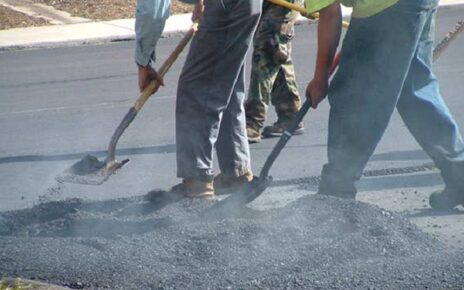When disasters strike, saving lives depends on disaster response charity work from humanitarian organizations such as Brother’s Brother Foundation. Extensive training and preparedness among relief agencies, government partners and local networks provide the fundamental capacity to assist crisis-affected communities efficiently.
Developing a Ready Workforce Through Comprehensive Training
Relief organizations invest heavily in thoroughly training competent field personnel who can adapt skillfully on the ground when rapid-onset crises hit. Intensive emergency response training equips new recruits with specialized expertise in critical sectors like emergency healthcare provision, water and sanitation engineering, shelter construction, food aid logistics, and community mental health.
Mandatory refresher courses keep veteran responders up to date on evolving international best practices, accountability standards, and lessons learned from recent major emergencies worldwide. Technical experts continually update training content to incorporate new research, technologies, and evidence-based approaches. These refreshed skills make sure field teams are fully ready to deploy whenever called upon.
Advance Strategic Emergency Preparedness
Sophisticated contingency planning and preparedness activities long before disasters strike aim to minimize delays in emergency response when catastrophes eventually occur. Disaster management experts carefully analyze historical data on previous disasters, damage patterns, community vulnerabilities, and high-risk scenarios to inform preparedness priorities for the future.
When a specific disaster threat looms on the horizon, such as a large tropical storm taking shape and forecasted to impact coastal communities, relief organizations can mobilize additional supplies, transport capacities, response personnel and specialized services in advance based on preparations made for such scenarios. Donors provide critical surge funding in advance to facilitate extremely rapid mobilization when a clearly anticipated disaster is imminent.
Shared Coordination Mechanisms For More Efficient Response
Extensive shared training initiatives, collaborative planning and coordination within the humanitarian system also greatly improve response efficiency when major disasters actually strike. Cluster coordination mechanisms delineate roles for United Nations agencies, national governments, international NGOs, and specialized groups in each sector, preventing duplication of efforts on the ground.
Regional and national disaster preparedness and management trainings bring together diverse governmental, nonprofit, local community, and private sector actors at all levels to build critical personal connections and align capabilities for coordinated action. Community-level preparedness training effectively links neighborhood resources and capacities with larger national and international response networks.
Empowering Locally Led Response
Beyond comprehensive training for external response staff, it is equally pivotal to adequately train and meaningfully engage local actors within vulnerable countries and communities, so they can lead disaster preparedness and response activities that are tailored to context-specific risks and needs on the ground.
Relief organizations increasingly aim to support preparedness training for local governments, community organizations, youth groups, networks of women, people with disabilities, and faith associations within at-risk communities, so these entities gain the knowledge, skills, and connections to spearhead disaster readiness and response for the population. Determining needs democratically and directing resources directly to trusted grassroots partners promotes far greater community ownership, self-reliance, and sustainability.
Staying Ready to Respond Through Sustained Investments
Even as each crisis presents unique fluid challenges that require adaptability, sustaining robust capabilities through ongoing training, forward-looking preparation, and coordinated alignment of capacities enables relief agencies, stakeholders, and prepared communities to rapidly assist those in need when the next disaster inevitably strikes.
Conclusion
Continuing to strategically invest in skilled people, thoughtful plans, adequate provisions, and strong partnerships during “peacetime” means humanitarian actors can maintain the highest feasible readiness to respond effectively whenever tested. As climate change intensifies hazards and vulnerabilities globally in coming years, staying prepared through farsighted, continual capability improvements will remain absolutely essential to providing life-saving relief quickly at immense scale in the most challenging future crises.





